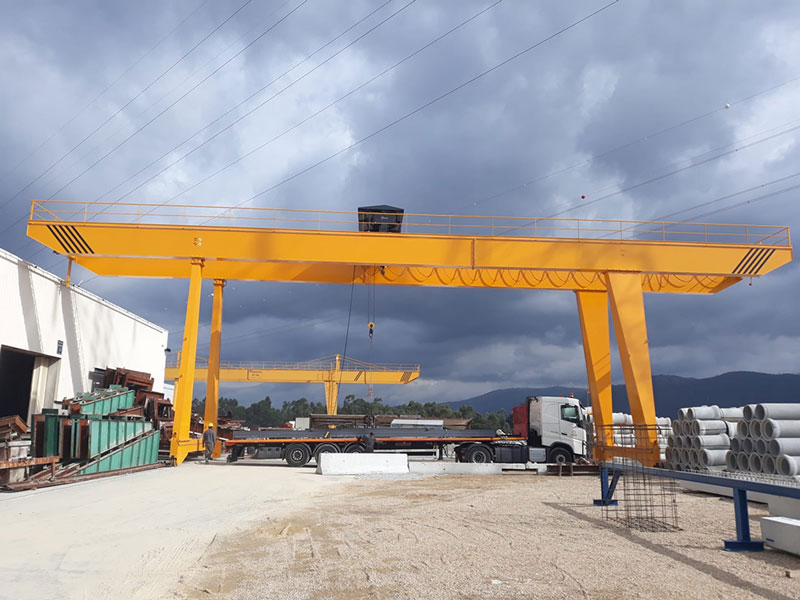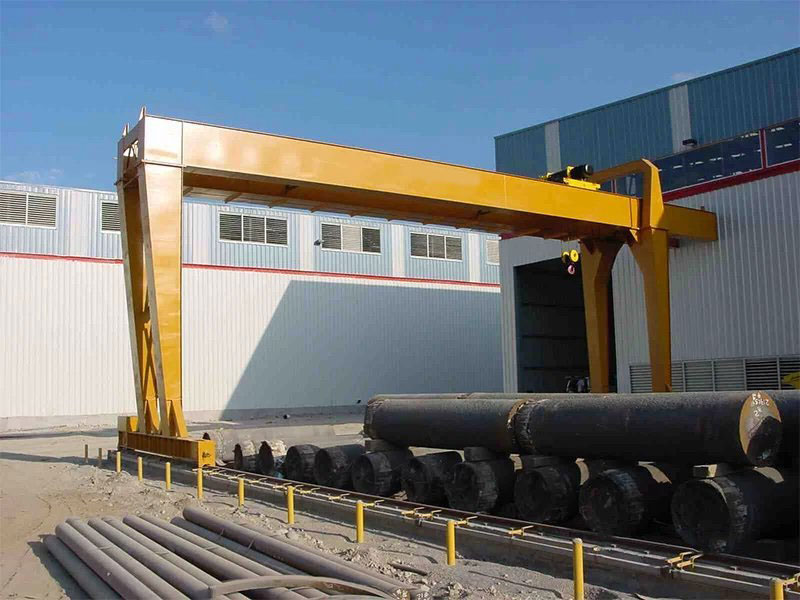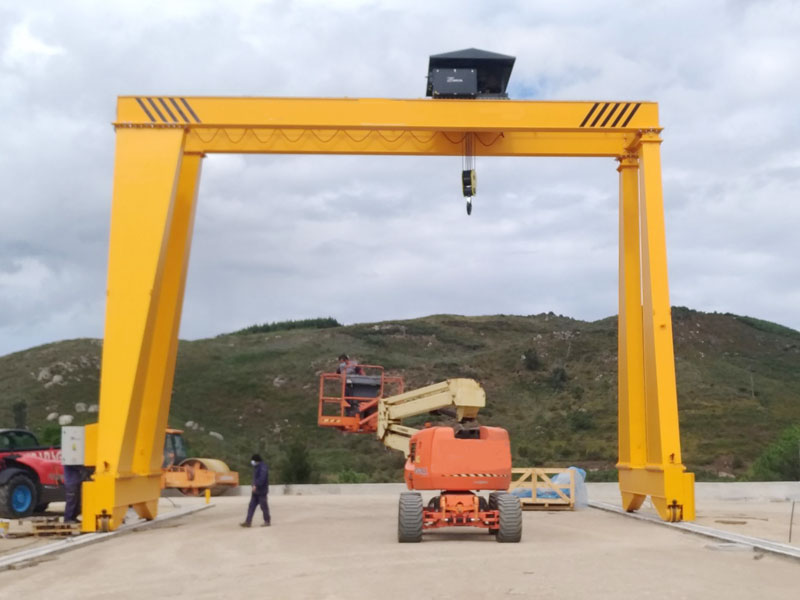Gantry cranes are classified according to their appearance and structure. The most complete classification of gantry cranes includes an introduction to all types of gantry cranes. Knowing the classification of gantry cranes is more conducive to the purchase of cranes. Different models of industry cranes are classified differently.
According to the structural form of the crane door frame, it can be divided into gantry cranes and cantilever gantry cranes according to the shape and structure of the door frame.
Gantry cranes are further divided into:
1. Full gantry crane: the main beam has no overhang, and the trolley moves within the main span.
2. Semi-gantry crane: The outriggers have height differences, which can be determined according to the civil engineering requirements of the site.
Cantilever gantry cranes are further divided into:
1. Double cantilever gantry crane: The most common structural form, the stress of the structure and the effective use of the site area are both reasonable.
2. Single cantilever gantry crane: This structural form is often selected due to site restrictions.
Classification according to the appearance style of the main beam of gantry crane:
1. Comprehensive classification of single main girder gantry cranes Single main girder gantry cranes have a simple structure, are easy to manufacture and install, have small mass, and the main girder is mostly an off-rail box frame structure. Compared with double main girder gantry crane, the overall stiffness is weaker. Therefore, this form can be used when the lifting capacity Q≤50t and the span S≤35m. Single girder gantry crane door legs are available in L-type and C-type. The L-type is easy to manufacture and install, has good stress resistance, and has a small mass. However, the space for lifting goods to pass through the legs is relatively small. The C-shaped legs are made in an inclined or curved shape to create a larger lateral space so that goods can pass through the legs smoothly.
2. Comprehensive classification of double main girder gantry cranes. Double main girder gantry cranes have strong carrying capacity, large span, good overall stability, and many varieties, but their own mass is larger than that of single main girder gantry cranes with the same lifting capacity. , the cost is also higher. According to the different main beam structures, it can be divided into two forms: box beam and truss. At present, box-shaped structures are generally used.
Classification according to the main beam structure of gantry crane:
1. The truss beam is a structural form welded by angle steel or I-beam. It has the advantages of low cost, light weight and good wind resistance. However, due to the large number of welding points and the defects of the truss itself, the truss beam also has shortcomings such as large deflection, low stiffness, relatively low reliability, and the need for frequent detection of welding points. It is suitable for sites with lower safety requirements and smaller lifting capacity.
2. The box girder is welded into a box structure using steel plates, which has the characteristics of high safety and high stiffness. Generally used for large-tonnage and ultra-large-tonnage gantry cranes. Box beams also have the features of high cost, heavy weight, and poor wind resistance.










